A Glimpse into Belarus
Nestled in the heart of Eastern Europe, Belarus remains an enigmatic gem often unnoticed by travelers and global discourse alike. This article aims to shed light on the fascinating country, exploring its historical significance, natural beauty, society, politics, economy, culture, and much more. Drawing from authentic sources, we embark on a journey to unravel the secrets of Belarus, a nation whose story deserves to be heard.
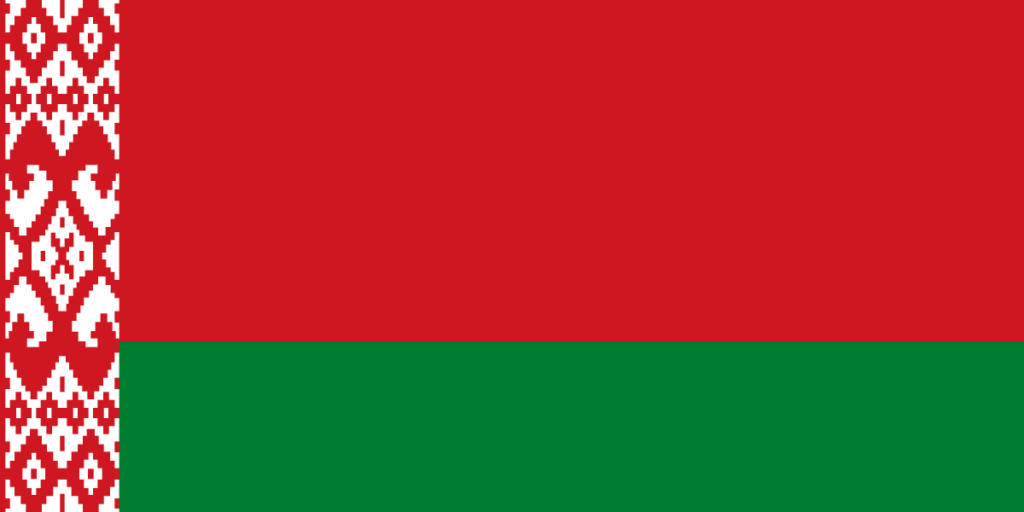
Historical and Cultural Significance of Belarus
Belarus boasts a rich historical legacy shaped by centuries of conquests, struggles, and resilience. From its ancient Slavic roots to the grand Duchy of Lithuania and its turbulent past under Russian and Soviet rule, Belarus has preserved its cultural heritage against all odds. The article delves into pivotal events, figures, and cultural landmarks defining Belarusian identity.
Geography and Natural Beauty of the Country
With vast pristine landscapes, Belarus surprises visitors with its natural beauty. The country’s geography captivates the adventurous spirit, from dense forests to sprawling national parks and enchanting lakes to picturesque villages. This section explores Belarus’ geographical diversity and highlights its protected areas, providing insight into its commitment to environmental conservation.
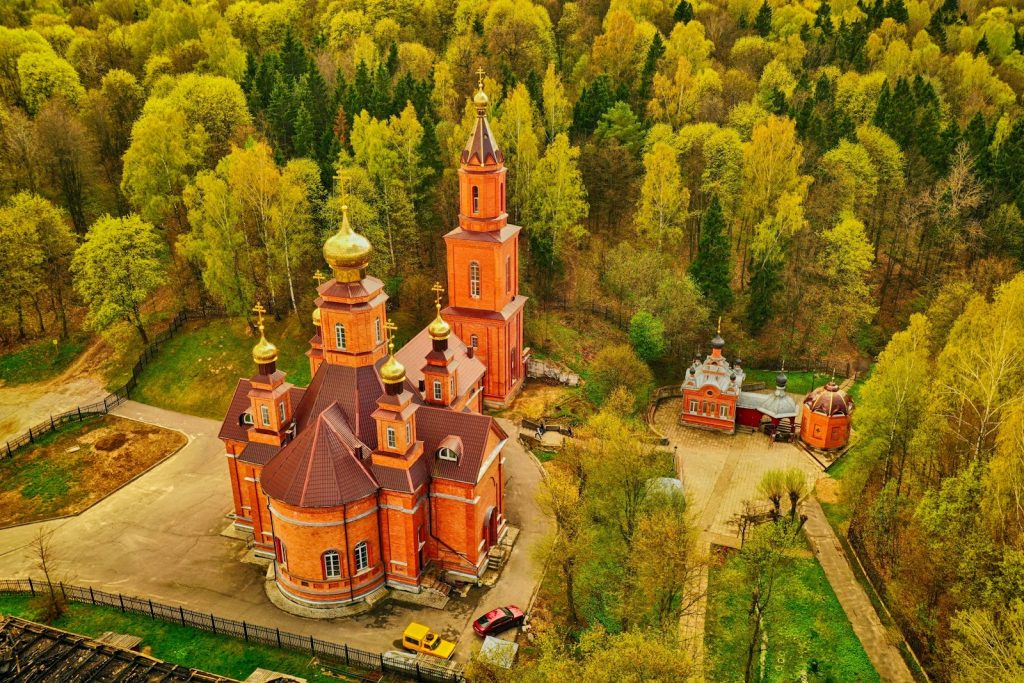
The Belarusian Society and Lifestyle
To understand Belarus fully, one must delve into its people’s daily lives and aspirations. By exploring Belarusian traditions, social customs, and the warmth of its citizens, this section paints a vivid picture of the country’s society. It examines the cultural fabric, family values, and the role of traditions in shaping Belarusian identity.
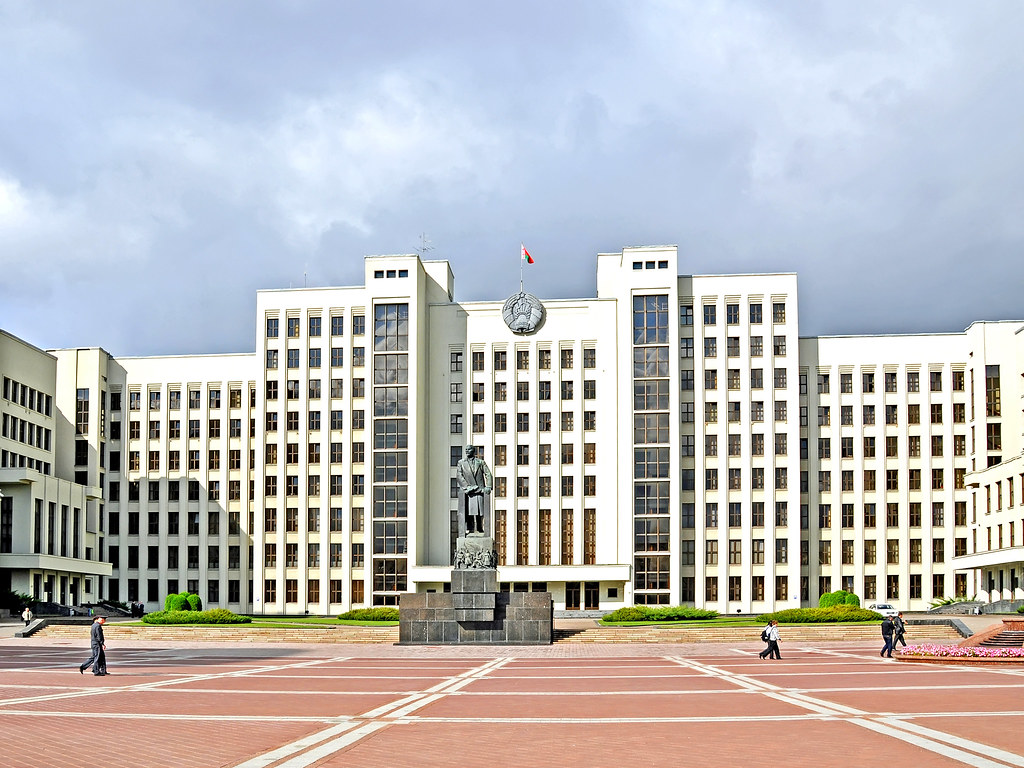
Political Landscape: Understanding Belarus’ Governance
Belarus’ political landscape has been the subject of significant attention in recent years. This section offers an in-depth analysis of the country’s governance structure, including the role of the President, the Parliament, and the judiciary. It explores the dynamics of power and the challenges Belarus faces as it navigates its position on the global stage.
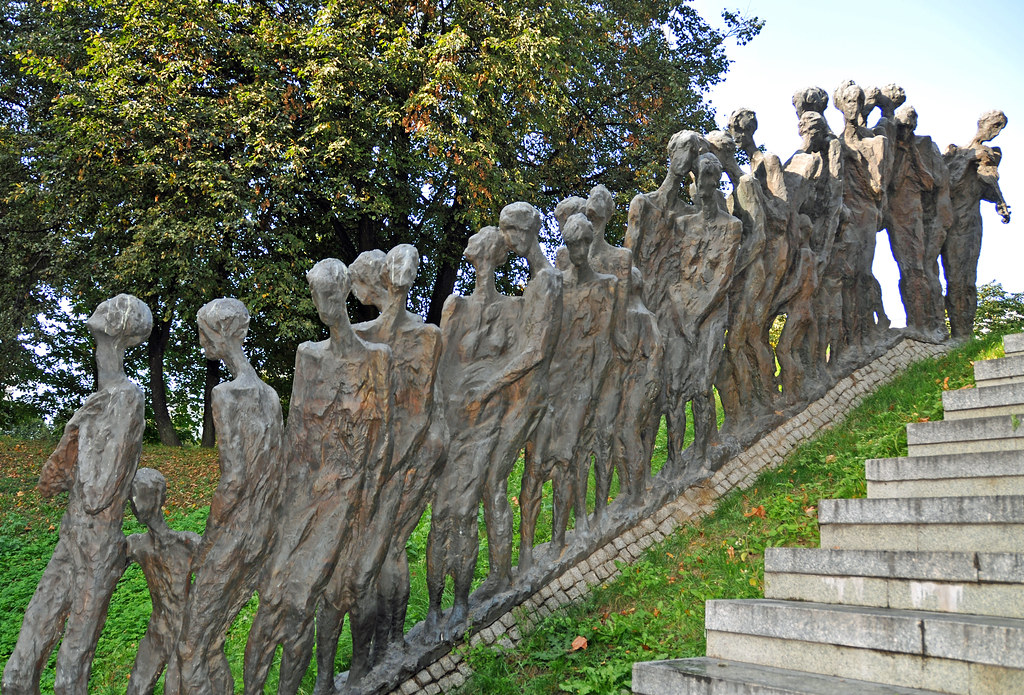
Economy and Industrial Development in Belarus
Belarus’ economy has undergone significant transformations since gaining independence in 1991. This section provides an overview of the country’s economic landscape, focusing on critical sectors such as manufacturing, agriculture, information technology, and services. It examines the government’s efforts to foster innovation, attract foreign investment, and create a conducive environment for business growth.
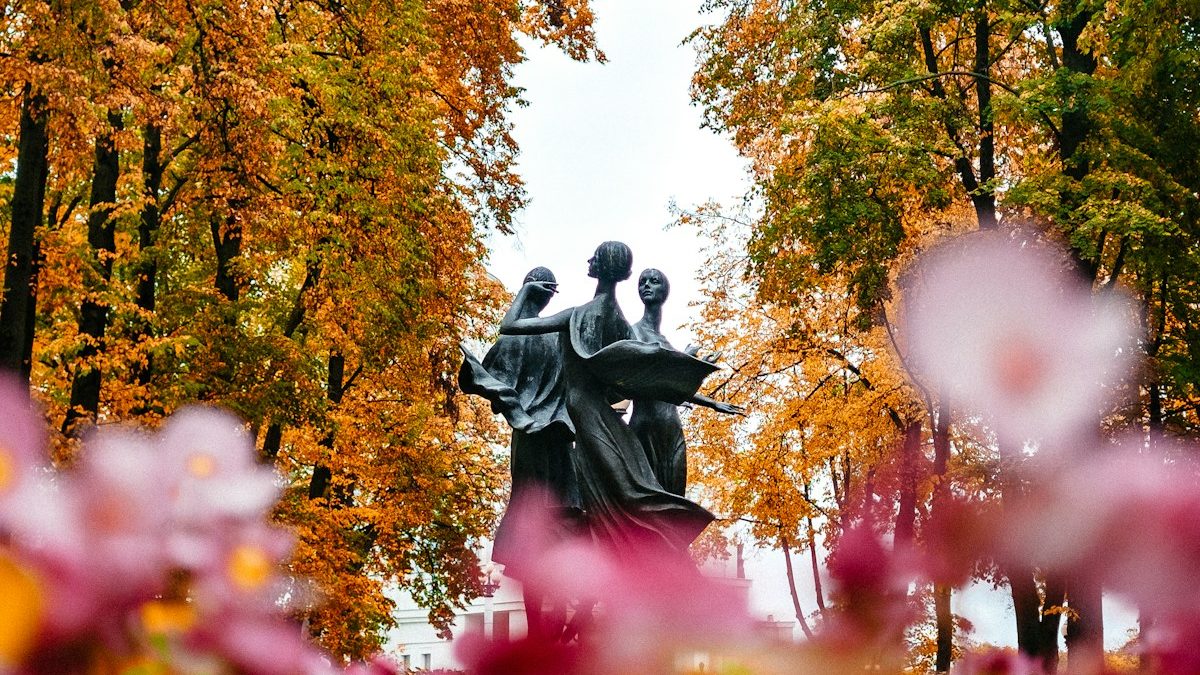
Education and Innovation in Belarus
Education plays a pivotal role in Belarus’ development trajectory. The article delves into the country’s education system, highlighting its strengths, achievements, and challenges. It showcases Belarus’ emphasis on STEM education and its burgeoning innovation ecosystem, mainly focusing on the thriving IT sector.
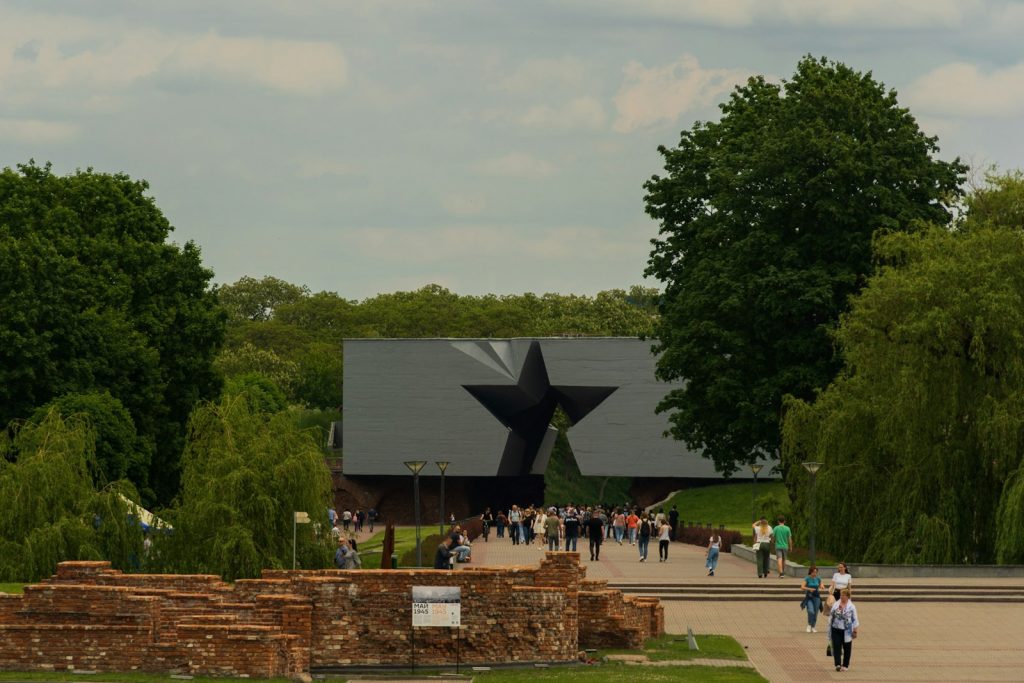
Belarusian Cuisine and Traditional Delicacies
Belarusian cuisine reflects the country’s rural heritage, with many hearty dishes and traditional delicacies. This section takes readers on a culinary journey, exploring iconic dishes like draniki (potato pancakes), machanka (meat stew), and kholodnik (cold soup). It also delves into the customs associated with Belarusian dining and the significance of food in Belarusian culture.
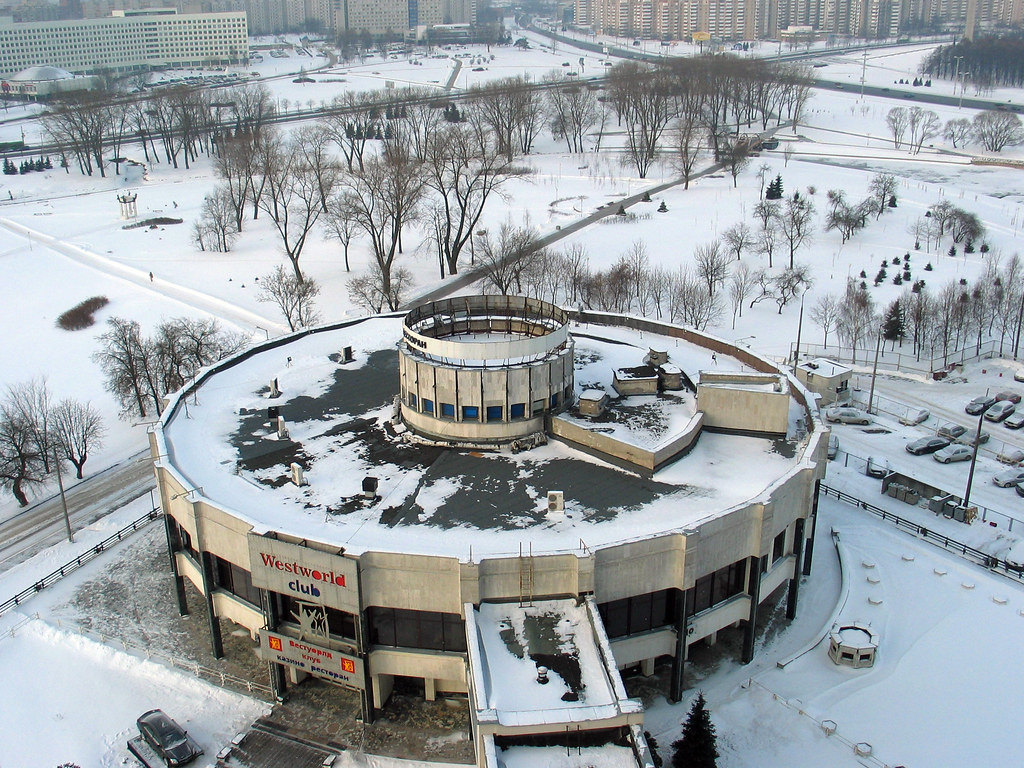
Tourism in Belarus: Exploring Hidden Gems
Belarus, often overlooked as a tourist destination, holds a wealth of hidden gems waiting to be discovered. This section unveils the country’s tourism potential, showcasing its historical landmarks, architectural wonders, and natural wonders. From the medieval castles of Mir and Nesvizh to the pristine Belovezhskaya Pushcha National Park, Belarus offers a unique travel experience.
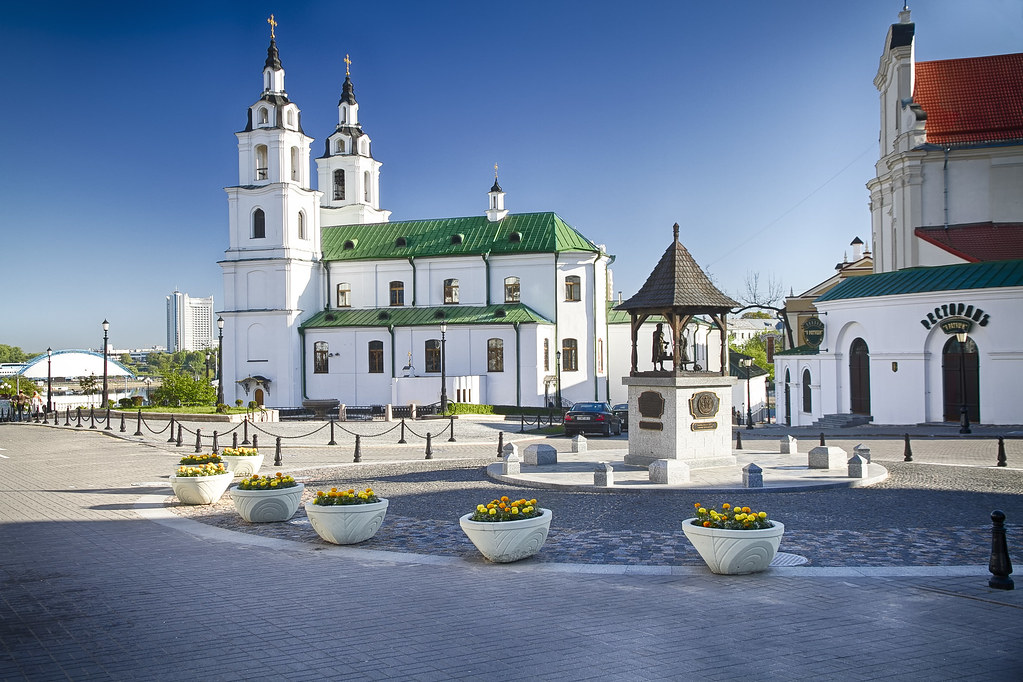
Challenges and Opportunities for Belarus’ Future
The article concludes by examining the challenges and opportunities for Belarus. It discusses the importance of political stability, human rights, and the rule of law. It also highlights the potential of international collaborations, sustainable development, and the power of cultural diplomacy in shaping a brighter future for the country.
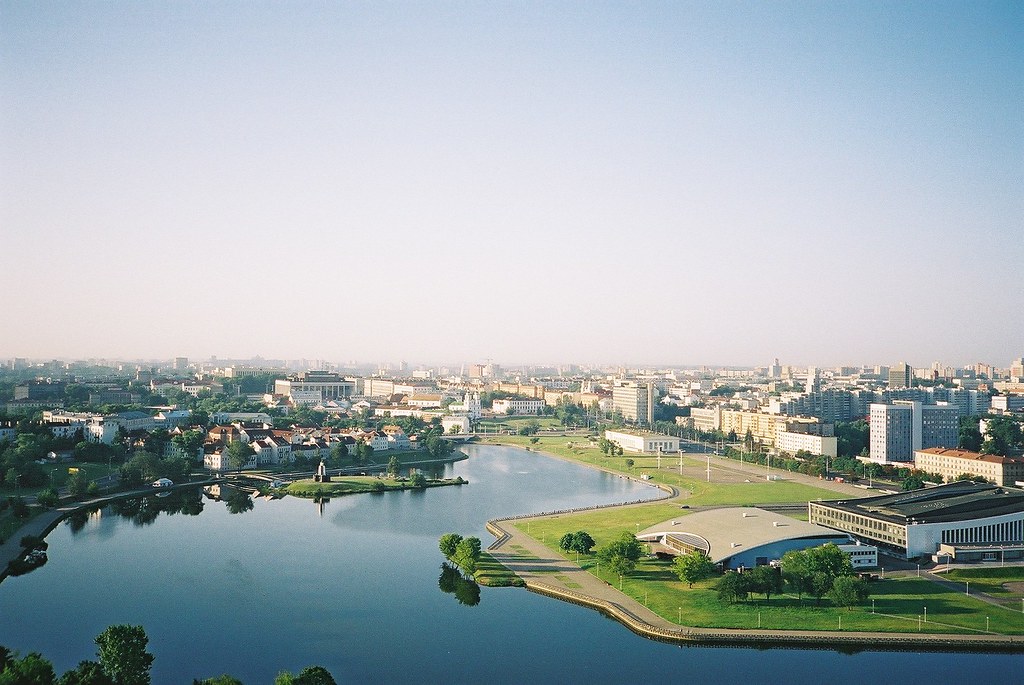
In conclusion, Belarus is a fascinating nation waiting to be explored and understood. Through its historical legacy, natural beauty, cultural richness, and evolving socio-political landscape, the country presents a mosaic of experiences and possibilities. By delving into the intricacies of Belarus, we gain a deeper appreciation for its unique place in Eastern Europe and its potential to shape a dynamic and prosperous future.
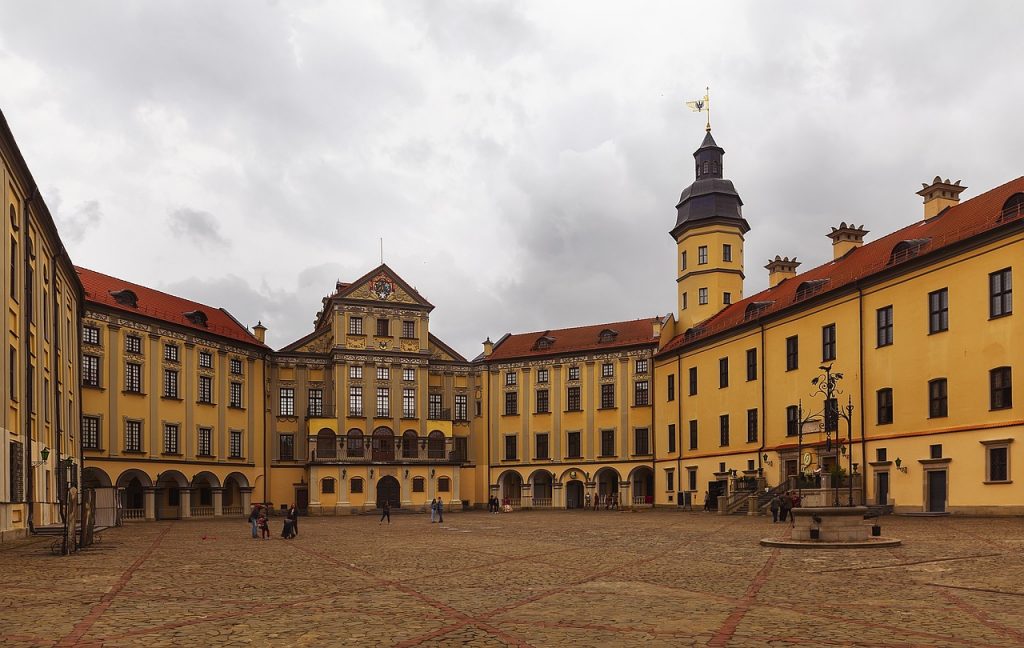
FAQ
Q1: Where is Belarus located?
A1: Belarus is located in Eastern Europe, bordered by Russia to the east and northeast, Ukraine to the south, Poland to the west, and Lithuania and Latvia to the northwest.
Q2: What is the capital of Belarus?
A2: The capital and largest city of Belarus is Minsk.
Q3: What is the official language of Belarus?
A3: The official language of Belarus is Belarusian, although Russian is also widely spoken and used in official capacities.
Q4: What is the population of Belarus?
A4: As of 2021, the estimated population of Belarus is around 9.3 million people.
Q5: What is the currency used in Belarus?
A5: The currency used in Belarus is the Belarusian ruble (BYN).
Q6: What is the climate like in Belarus?
A6: Belarus has a temperate continental climate with cold winters and warm summers. The average temperature in winter ranges from -4°C to -8°C (24°F to 18°F), while in summer, it ranges from 17°C to 20°C (63°F to 68°F).
Q7: What are some famous tourist attractions in Belarus?
A7: Belarus offers several notable tourist attractions, including the historic castles of Mir and Nesvizh, the Brest Fortress, the Belovezhskaya Pushcha National Park (a UNESCO World Heritage Site), the capital city of Minsk with its modern architecture and cultural sites, and the beautiful Braslav Lakes National Park.
Q8: Is Belarus a safe country for travelers?
A8: Belarus is generally considered a safe country for travelers. However, exercising caution, following local laws and regulations, and taking standard safety precautions while traveling is always advisable.
Q9: Do I need a visa to visit Belarus?
A9: The visa requirements for visiting Belarus depend on your nationality. Some countries have visa-free agreements with Belarus, while others require a visa. It is recommended to check with the Belarusian embassy or consulate in your country for the most up-to-date visa information.
Q10: What are some traditional dishes of Belarus?
A10: Traditional Belarusian cuisine includes dishes such as draniki (potato pancakes), machanka (meat stew), kalduny (stuffed dumplings), bliny (pancakes), and various dairy products. The cuisine is often hearty and influenced by the country’s agricultural heritage.
Please note that the information provided in this FAQ is based on general knowledge and may be subject to change. It is always advisable to check with official sources or consult relevant authorities for the most accurate and up-to-date information before traveling to or making plans related to Belarus.


